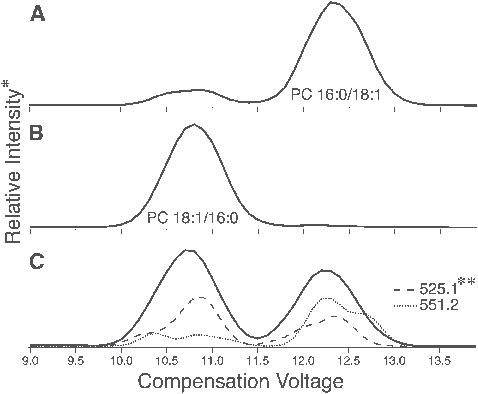Contents
Blood ionogram: definition
The blood ionogram is one of the tests most commonly requested by physicians to monitor the body’s fluid and electolytic balance.
What is a blood ionogram?
The blood ionogram is an extremely common – and one of the most requested – test, which is the measurement of the main ionic constituents of the blood (or electrolytes). Namely sodium (Na), potassium (K), calcium (Ca), chlorine (Cl), magnesium (Mg), bicarbonates (CO3).
The blood ionogram is routinely prescribed as part of a check-up. It is also requested to aid in the diagnosis when a patient has symptoms such as edema (i.e. fluid accumulation), weakness, nausea and vomiting, confusion or an irregular heartbeat.
The examination is used to monitor the hydro-electolytic balance of the organism, that is to say the existing balance between water and the various ions. It is mainly the kidneys that ensure this balance, by filtering the urine, but the skin, respiration and the digestive system also take care of it.
Often, the doctor requests a urinary ionogram at the same time, to be able to share the kidneys in any metabolic disorders presented on the blood ionogram.
Note that the level of phosphorus, ammonium and iron can also be determined during a blood ionogram.
Normal values of the blood ionogram
Here are the so-called normal values of the main ionic constituents of the blood:
- Sodium (natremia): 135 – 145 mmol / l (millimoles per liter)
- Potassium (kaliémie) : 3,5 — 4,5 mmol/l
- Calcium (calcémie) : 2,2 — 2,6 mmol/l
- Chlorine (chloremia): 95 – 105 mmol / l
- Magnesium: 0,7 – 1 mmol / l
- Bicarbonates : 23 — 27 mmol/l
Note that these values may vary depending on the laboratories performing the analyzes. In addition, they vary slightly depending on age.
How to prepare and conduct the exam
Before going to the exam, there are no special conditions to be observed. For example, it is not necessary to be on an empty stomach.
The examination consists of a venous blood test, usually in the crease of the elbow. The blood thus collected is then analyzed.
Analysis of the results
Sodium
An increase in the level of sodium in the blood – this is called hypernatremia – can be linked to:
- dehydration due to digestive loss;
- decreased fluid intake;
- heavy sweating;
- sodium overload.
On the contrary, a drop in blood sodium level – we speak of hyponatremia – is associated with:
- to a deficit of sodium intake with digestive or renal losses;
- or an increase in the amount of water.
Hyponatremia may be a sign of heart failure, kidney or liver failure, or edema.
Potassium
An increase in the level of potassium or hypokalaemia occurs during potassium supplementation or because of the taking of certain drugs (anti-inflammatory drugs, antihypertensives, etc.).
On the contrary, a drop in the blood potassium level or hypokalaemia may occur in the event of vomiting, diarrhea, or taking diuretics.
Chlorine
An increase in the blood chlorine level or hyperchloremia may be due to:
- severe dehydration through sweating;
- digestive losses;
- sodium overload.
A drop in the blood chlorine level or hypochloremia may be due to:
- profuse and repeated vomiting;
- respiratory problems;
- an increase in the amount of water (heart, kidney or liver failure);
- decreased sodium intake.
Calcium
Hypercalcemia (high level of calcium in the blood) may be a sign of:
- osteoporosis;
- hyperparathyroidism;
- vitamin D poisoning;
- prolonged immobilization (being lying down too long);
- or Paget’s disease, in which the bones grow too quickly.
On the contrary, hypocalcemia (low blood calcium level) can be explained by:
- malnutrition;
- alcoholism;
- bone decalcification;
- chronic renal failure;
- or a defect in the absorption of the intestine.
Magnesium
An increase in the level of magnesium can be observed:
- in renal failure;
- or after taking magnesium supplements.
On the contrary, a decrease in the blood level of magnesium can be a sign of:
- poor diet (especially among athletes);
- excessive alcohol consumption;
- digestive problems, etc.
Bicarbonates
A high level of bicarbonate in the blood can be a sign of:
- respiratory failure;
- repeated vomiting or diarrhea.
A low level of bicarbonate in the blood can mean:
- metabolic acidosis;
- kidney failure;
- or liver failure.










